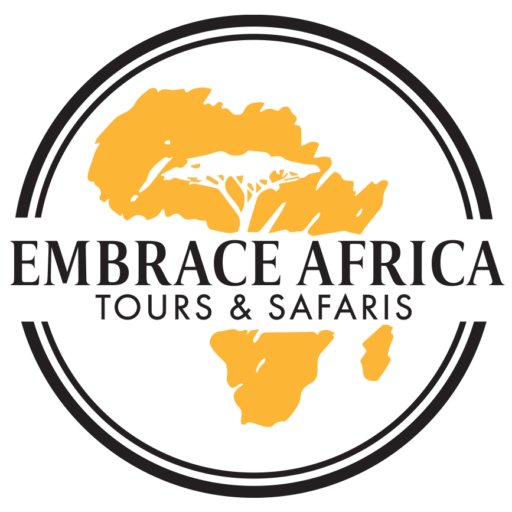Tipping is an essential part of the culture on Mount Kilimanjaro and is greatly appreciated by the hardworking guides, porters, and cooks who make your trek possible. Below is a comprehensive Kilimanjaro tipping guide, as recommended by Embrace Africa Tour and Safari.
Kilimanjaro Tipping Guide
1. Understanding the Importance of Tipping:
- Why Tip? Tipping on Kilimanjaro is customary and expected. The tips make up a significant portion of the income for your support team, who work tirelessly to ensure you have a successful and comfortable trek.
- Who to Tip: The main recipients of your tips will be your lead guide, assistant guides, porters, and cooks. Each member of the team plays a crucial role in your climb, from carrying your gear to preparing meals and ensuring your safety.
2. Suggested Tipping Amounts:
Tipping on Kilimanjaro is typically done as a group rather than individually. The amounts below are suggested per climber, based on a 7-day trek. Adjustments can be made depending on the duration of your trek, the number of people in your group, and your level of satisfaction with the service.
- Lead Guide: $20-25 per day
- Assistant Guide: $15-20 per day
- Cook: $10-15 per day
- Porters: $8-10 per day per porter
Example for a 7-Day Trek:
- Lead Guide: $140-175
- Assistant Guide: $105-140
- Cook: $70-105
- Porter: $56-70 per porter
3. Tipping Procedure:
- Group Pooling: Typically, tips are pooled together by the group and then distributed among the team members. This ensures fairness and transparency. Embrace Africa Tour and Safari guides will assist in coordinating this.
- Cash Tips: Tips should be given in cash (preferably in US dollars or Tanzanian shillings). It’s recommended to carry the cash with you on the trek, as there won’t be access to ATMs on the mountain.
- End of Trek: Tips are usually handed out during the tipping ceremony at the end of the trek, either at the last camp or upon return to the base. Your lead guide will help ensure that the tips are distributed appropriately among the crew.
4. Additional Considerations:
- Group Size: If you’re trekking in a larger group, the amount per person might be slightly lower, as the total tips are shared among a larger pool of climbers.
- Service Quality: If you feel that the service provided was exceptional, you may choose to tip more than the recommended amounts. Conversely, if you were not satisfied, you may adjust your tip accordingly (though it’s rare to have a negative experience with such a dedicated team).
5. Planning for Tipping:
- Budgeting: Ensure you budget for tips as part of your overall Kilimanjaro costs. The total tipping amount can range from $250-400 per climber, depending on the length of the trek and the size of your support team.
- Currency: If you’re bringing US dollars, make sure the bills are in good condition, as torn or damaged notes may not be accepted in Tanzania.
6. Recognition Beyond Tips:
- Personal Touches: In addition to cash tips, some climbers like to offer small personal gifts or thank-you notes to show appreciation. This is entirely optional but can be a meaningful gesture.
- Feedback: Providing positive feedback about your guides and porters to Embrace Africa Tour and Safari can also contribute to their career growth and future opportunities.
Conclusion:
Tipping on Mount Kilimanjaro is an important tradition that recognizes the hard work of your support team. By following this guide from Embrace Africa Tour and Safari, you can ensure that your tips are fair and appreciated, making your Kilimanjaro experience even more rewarding for everyone involved.
